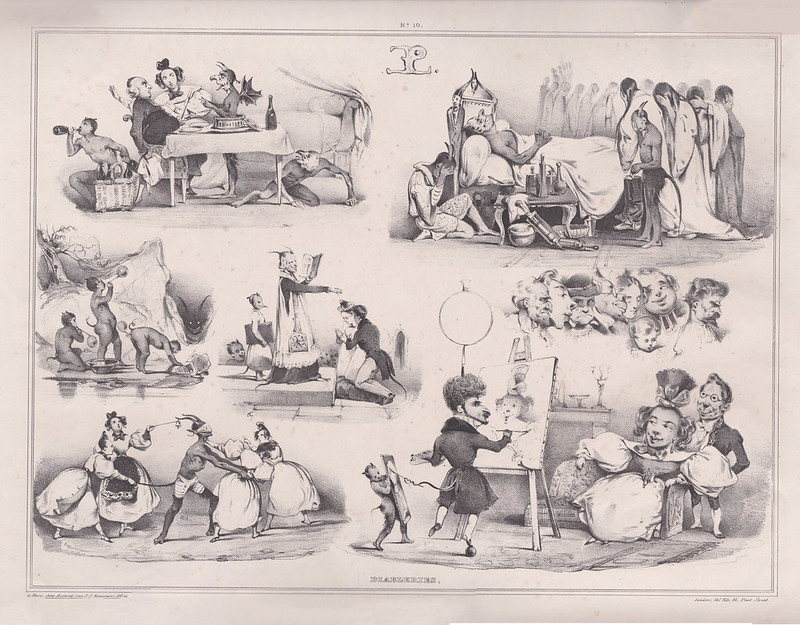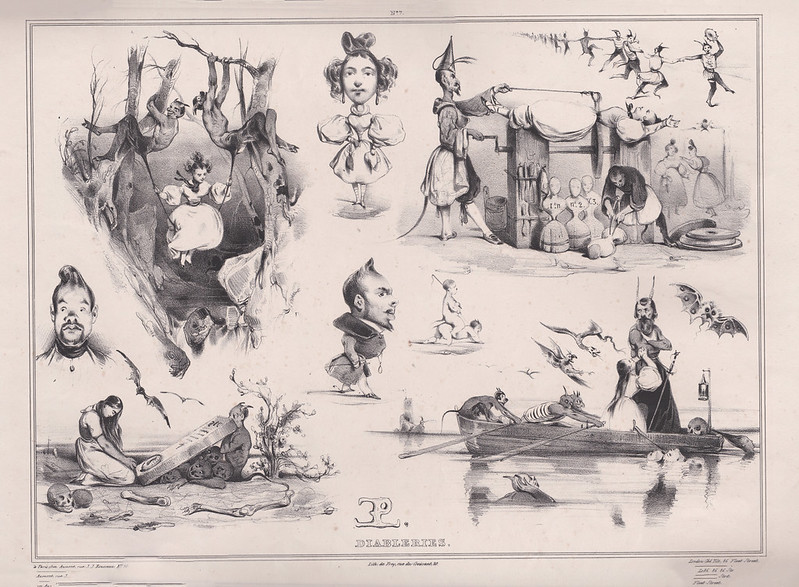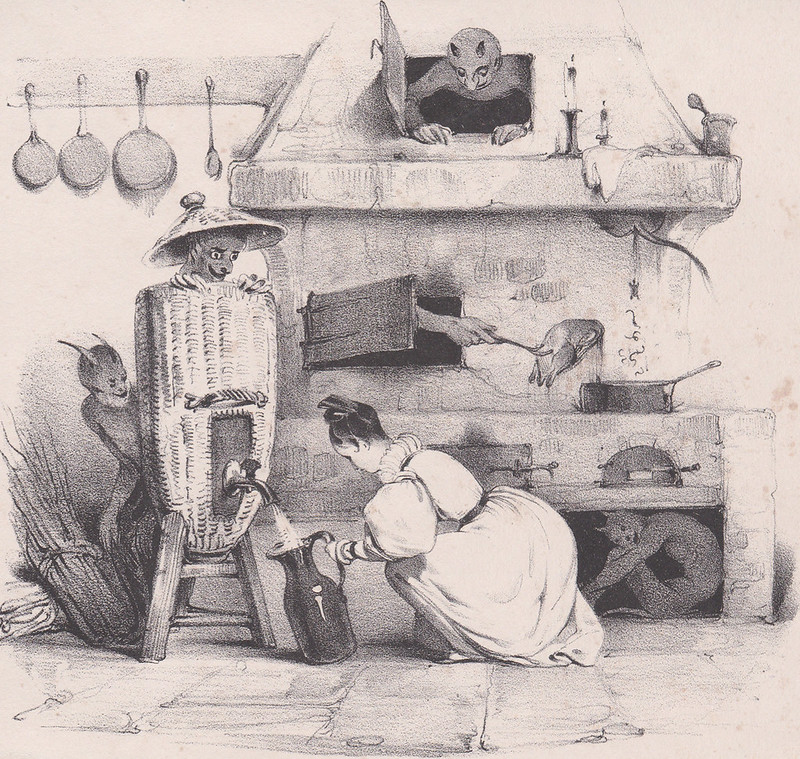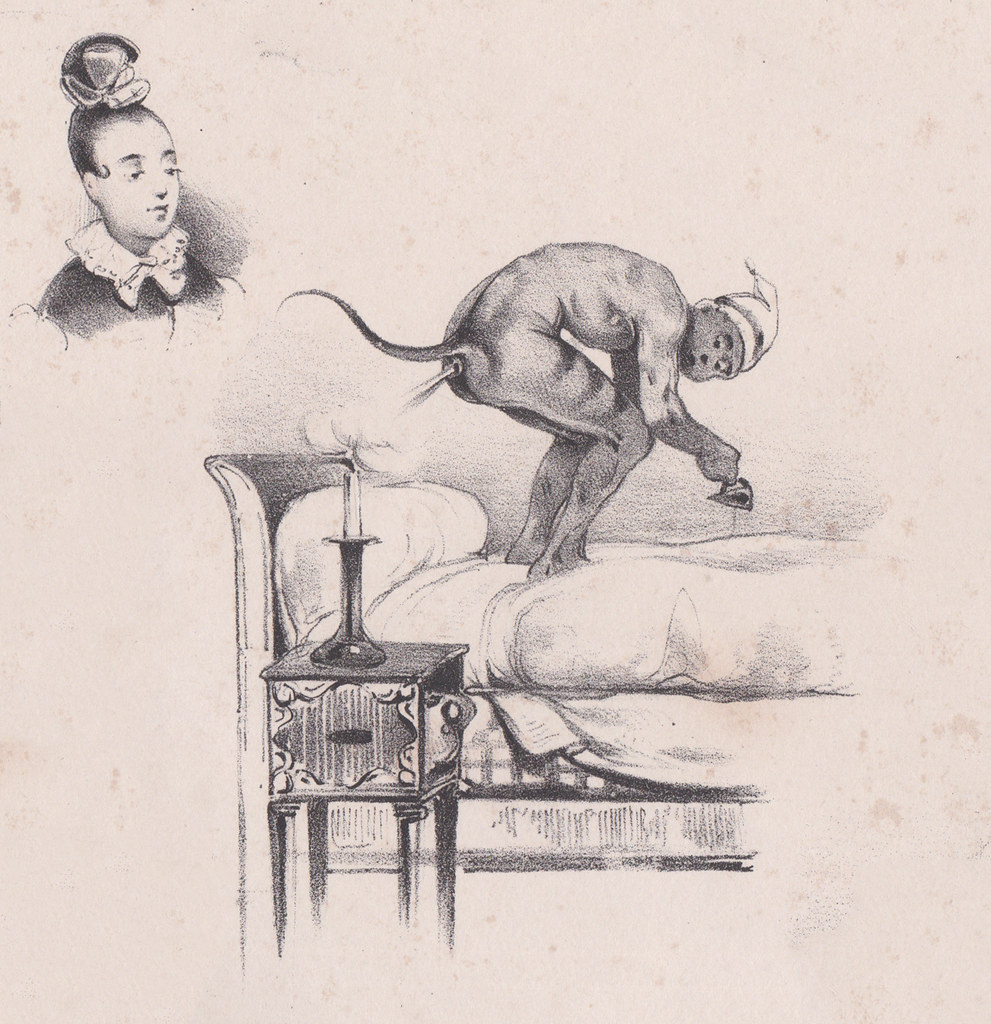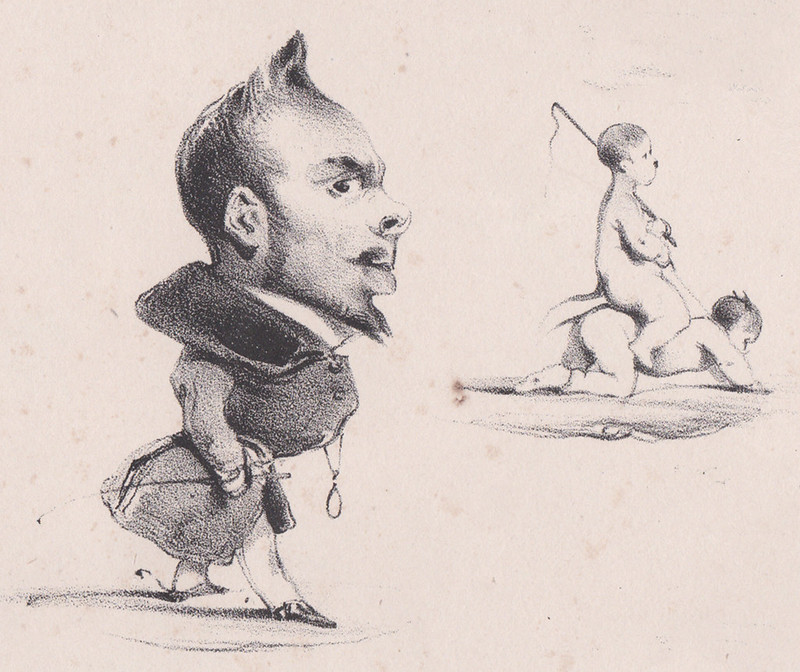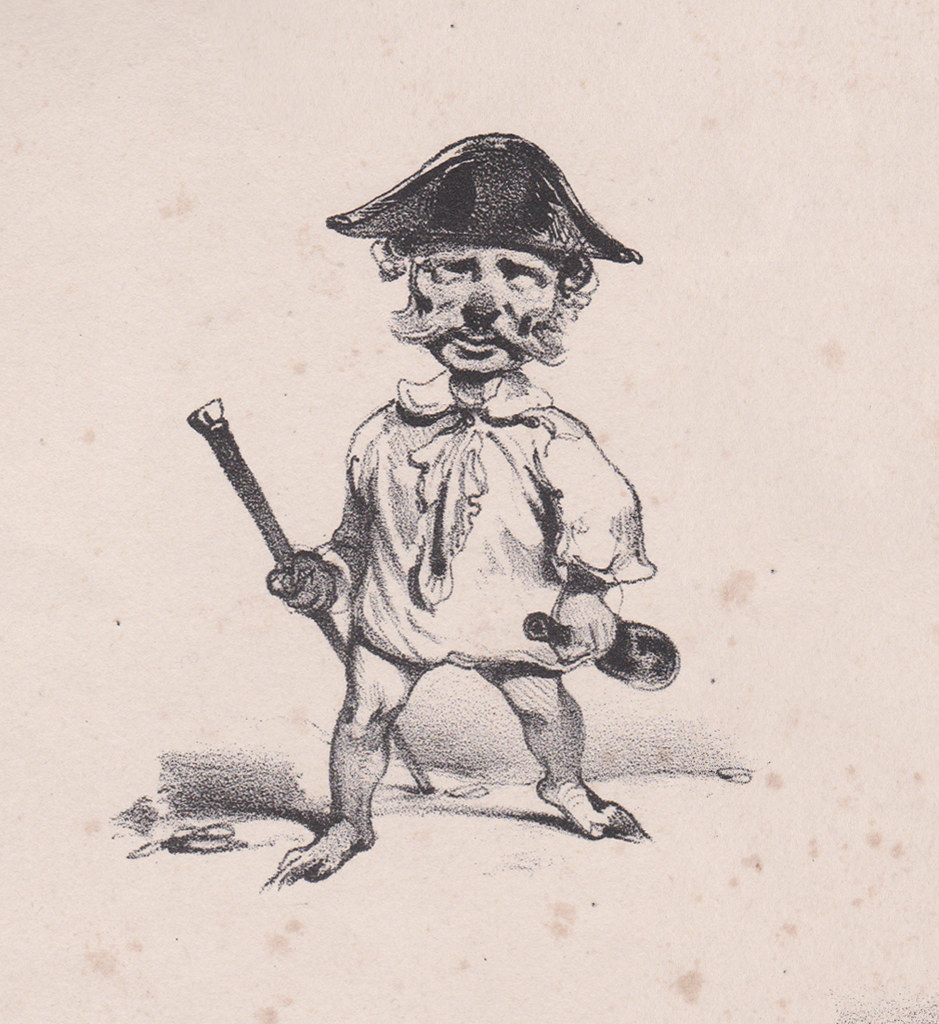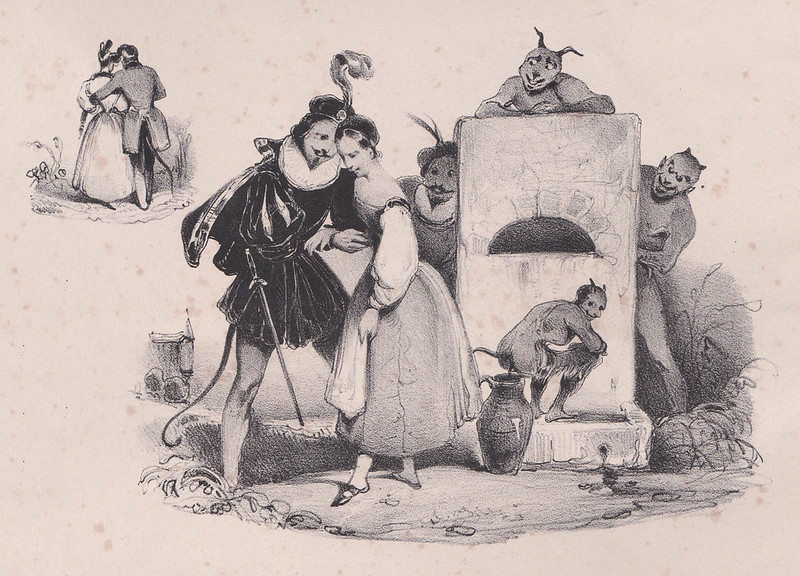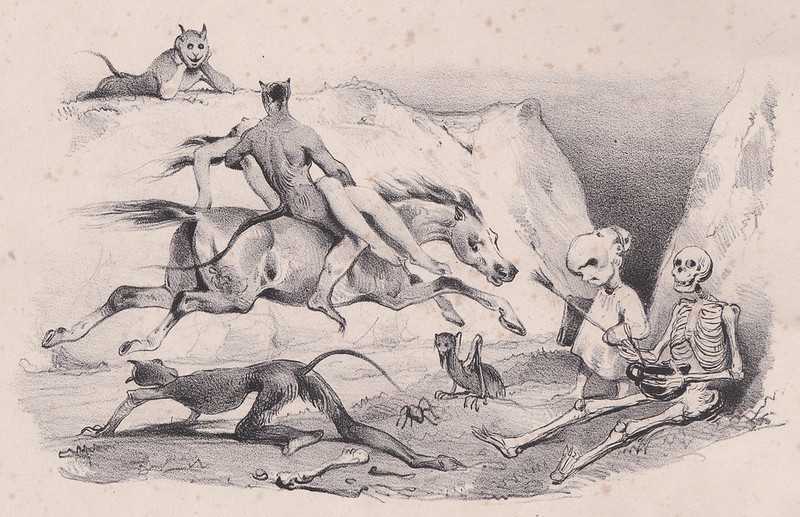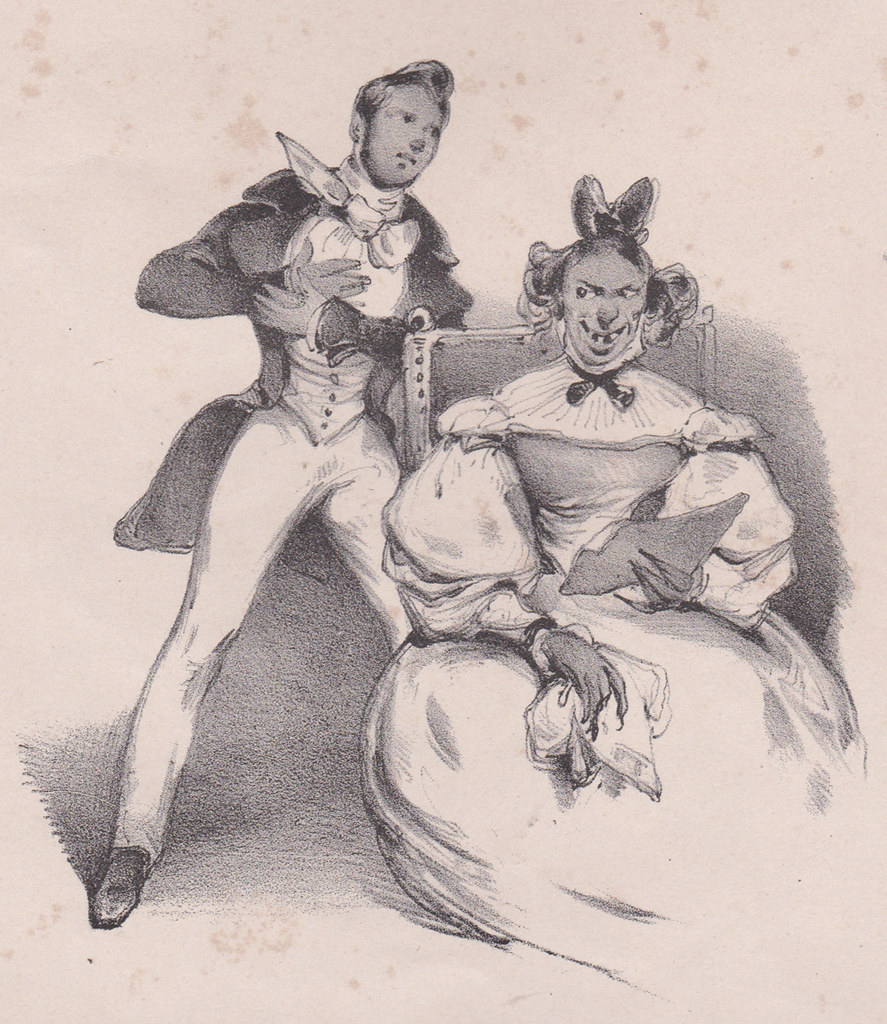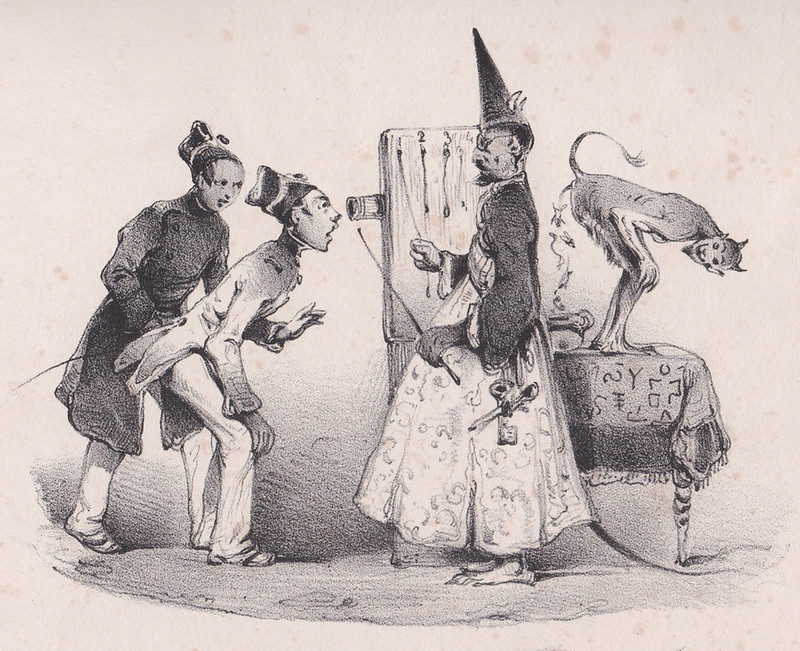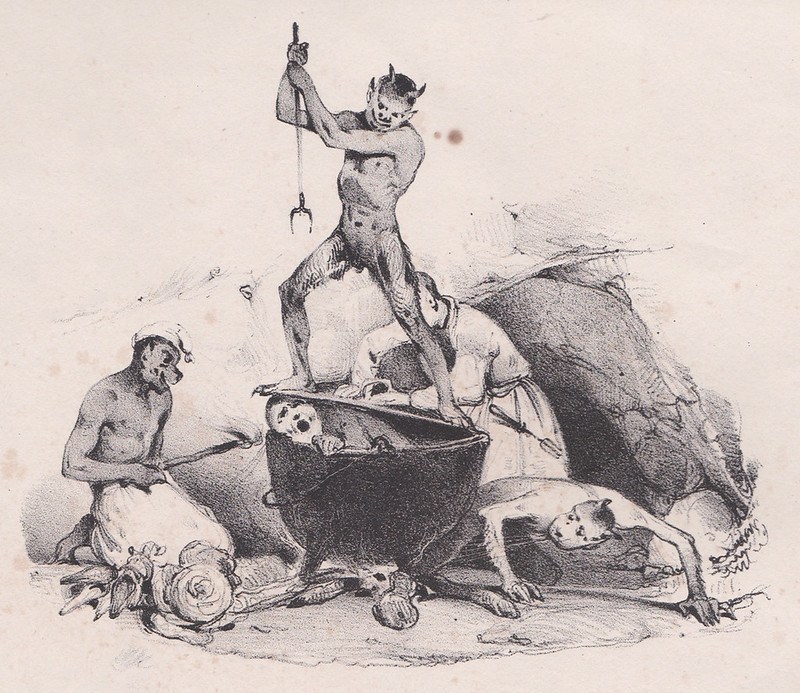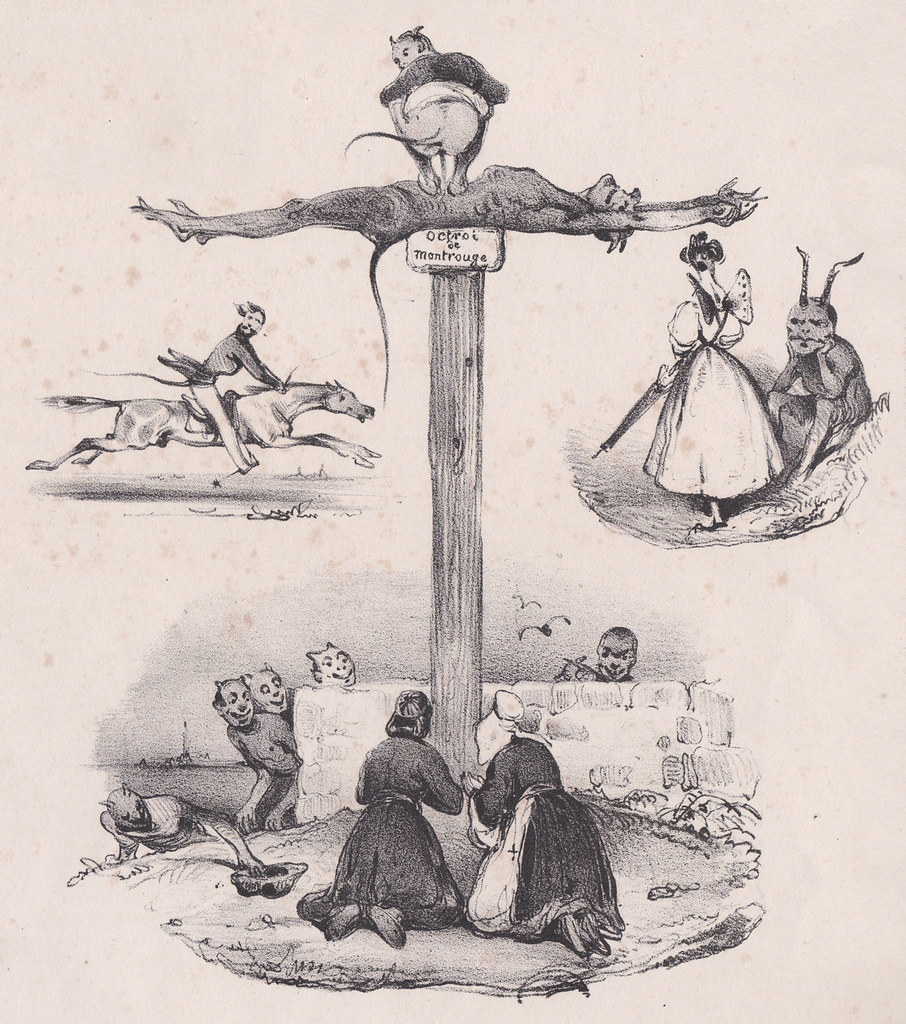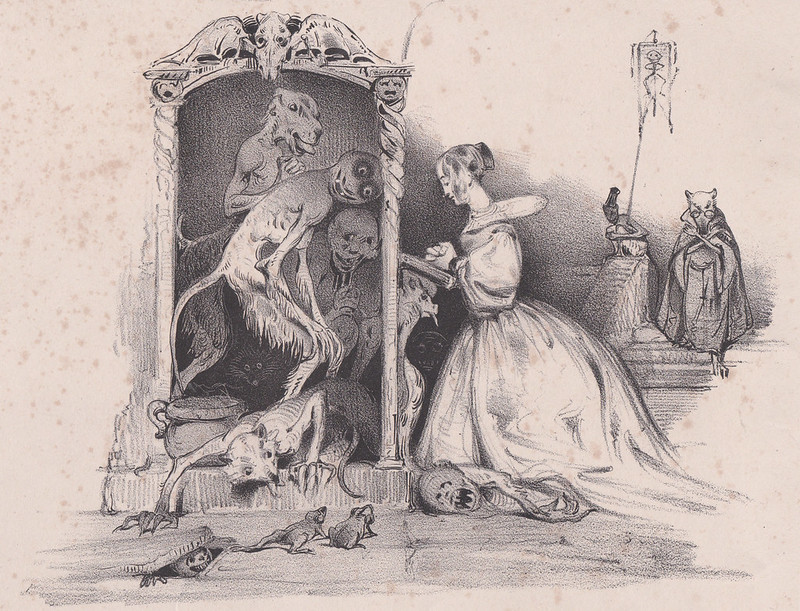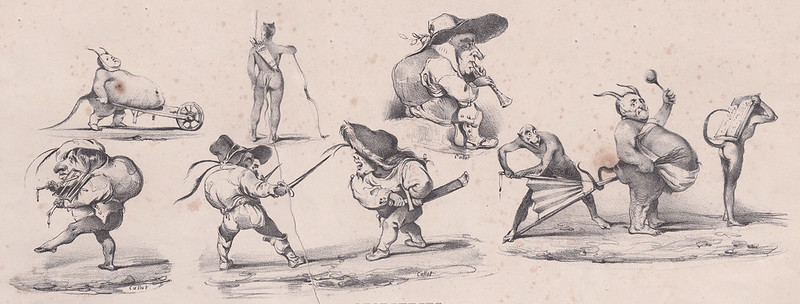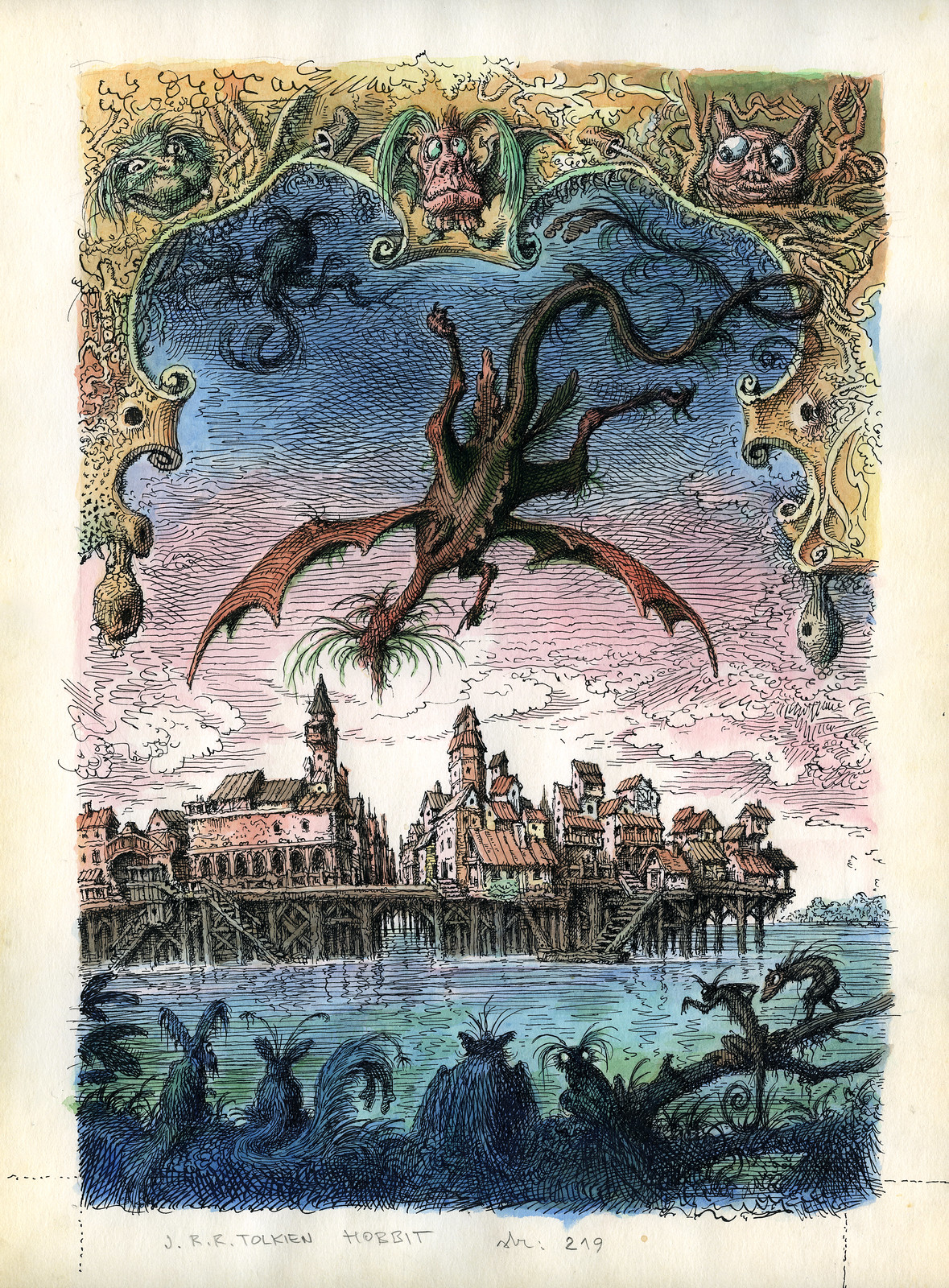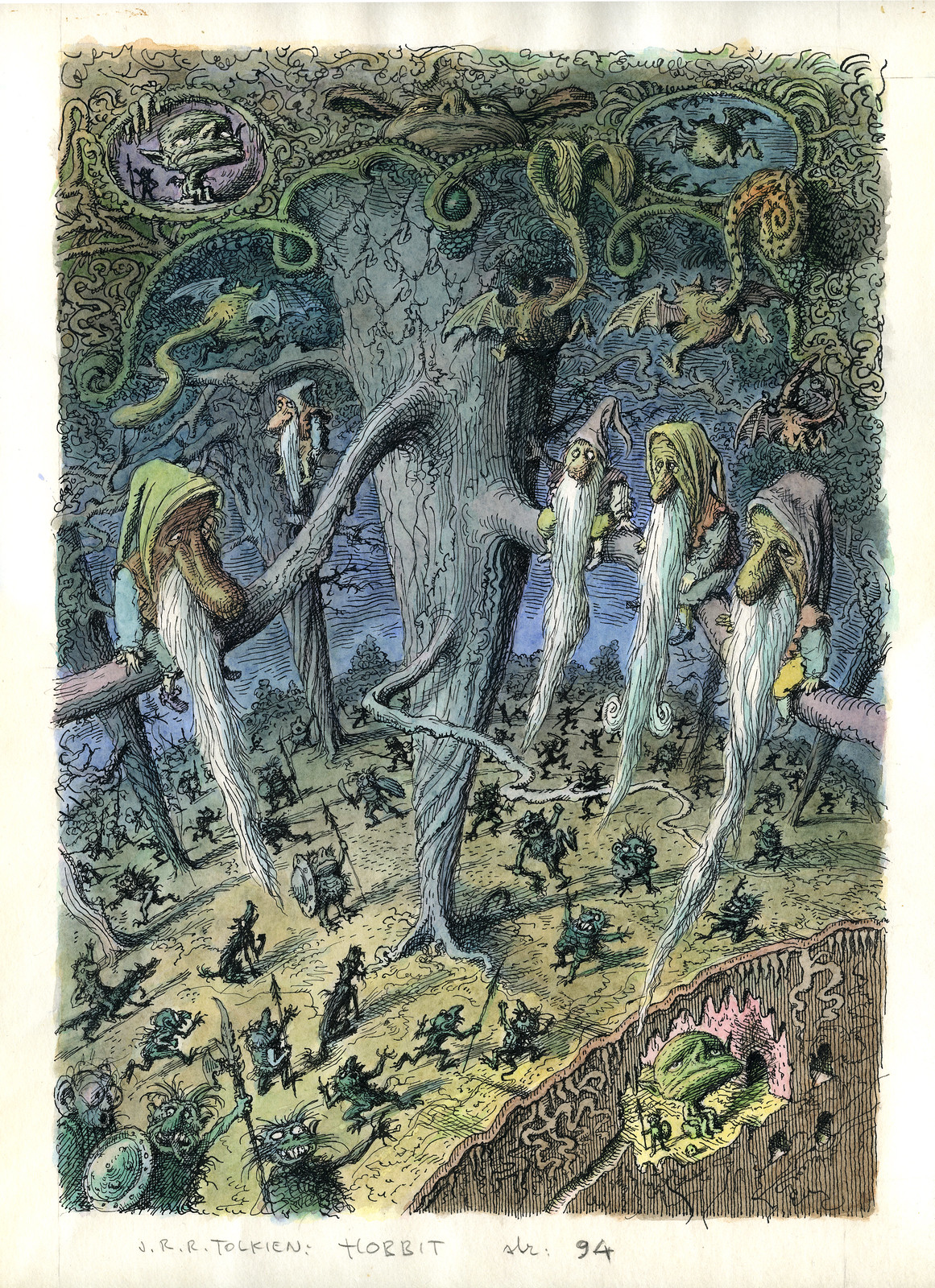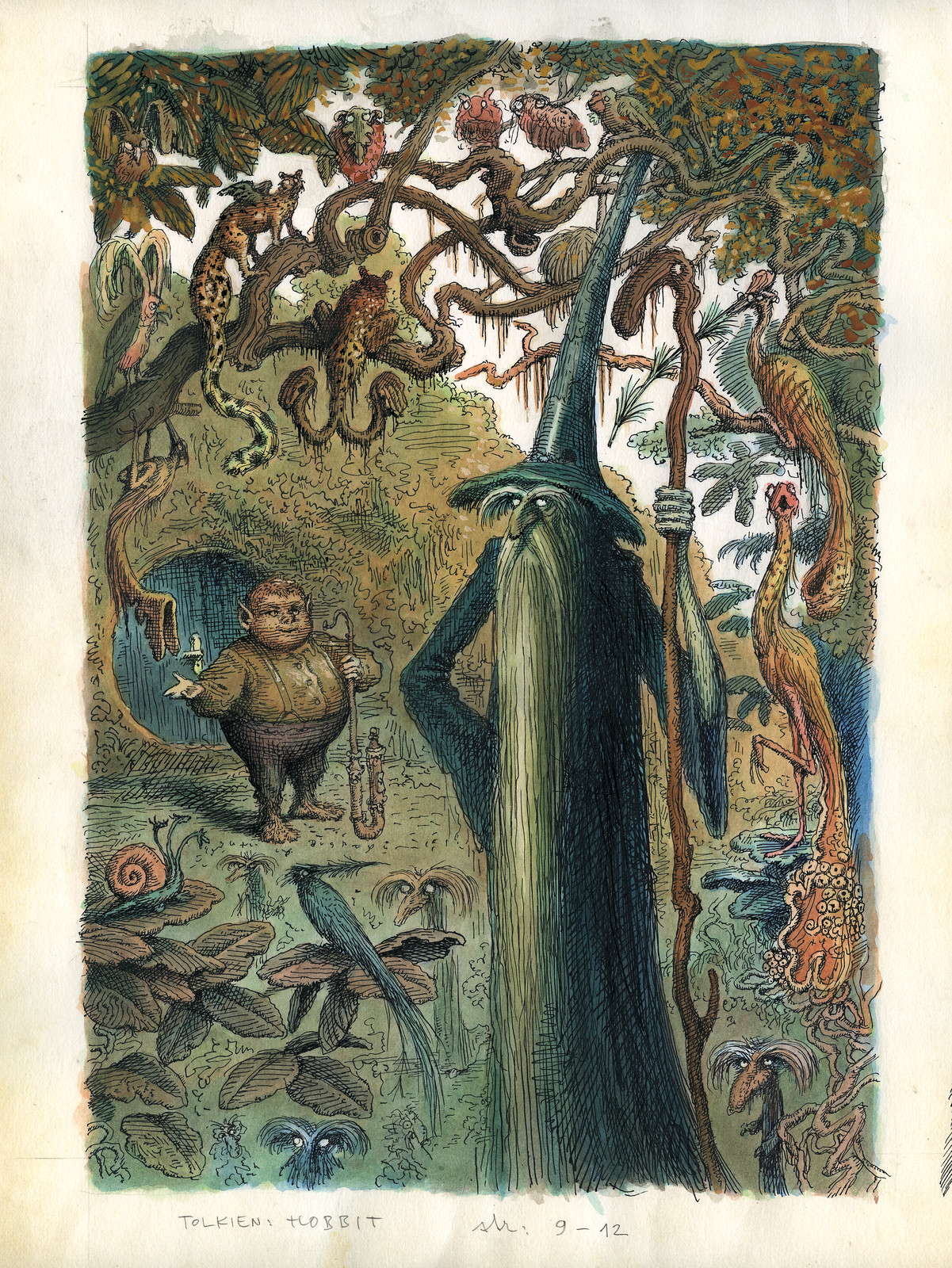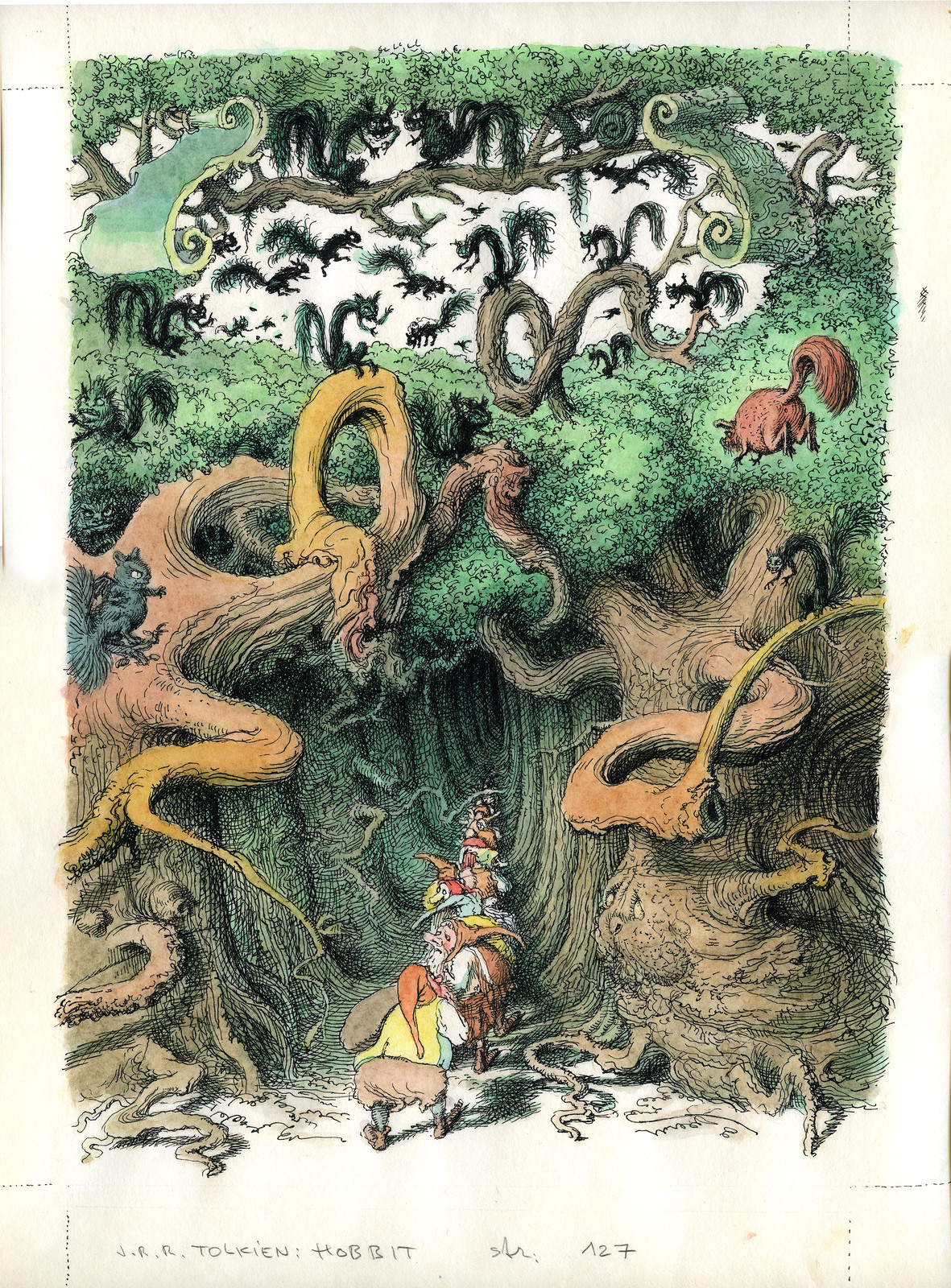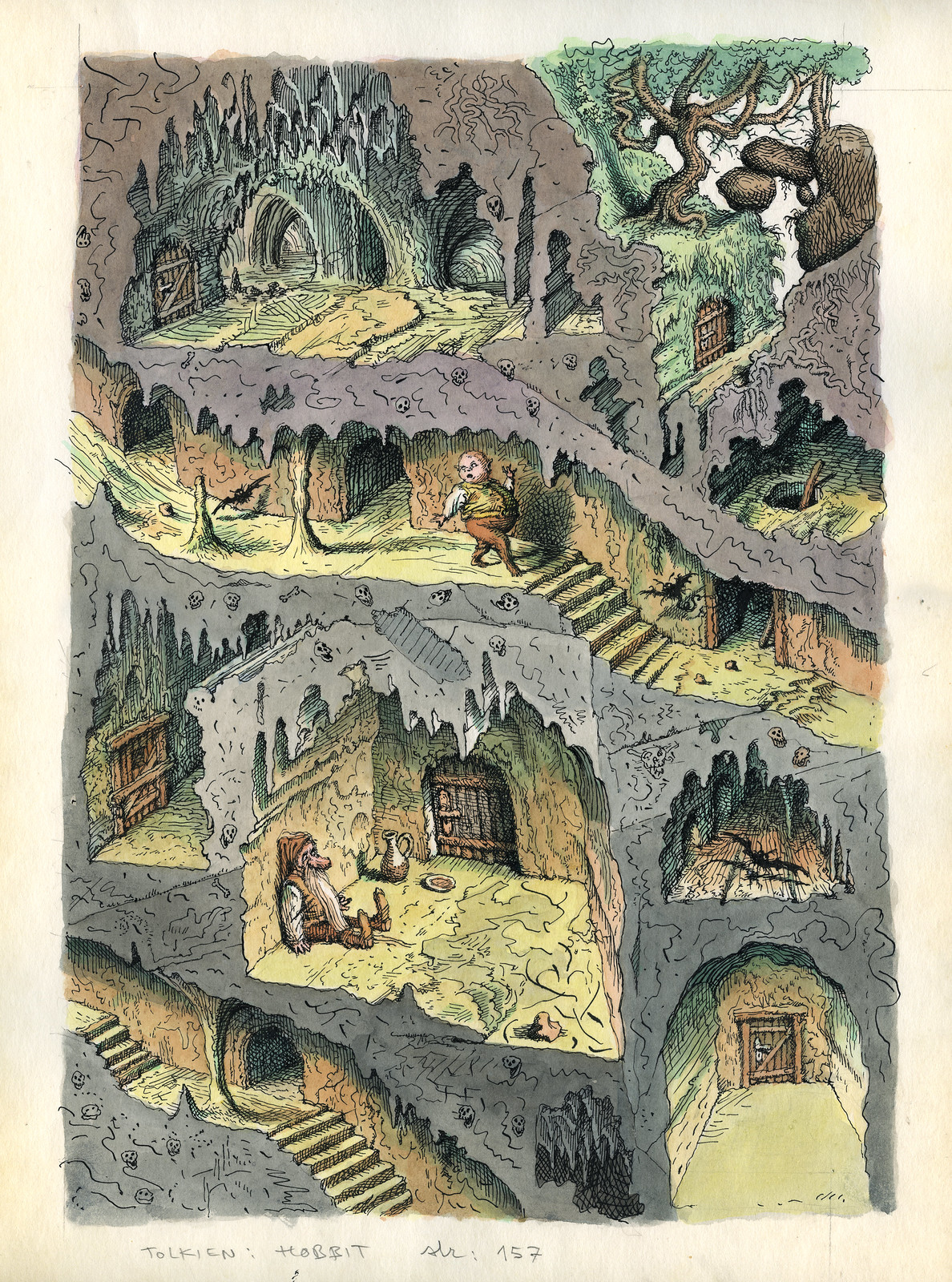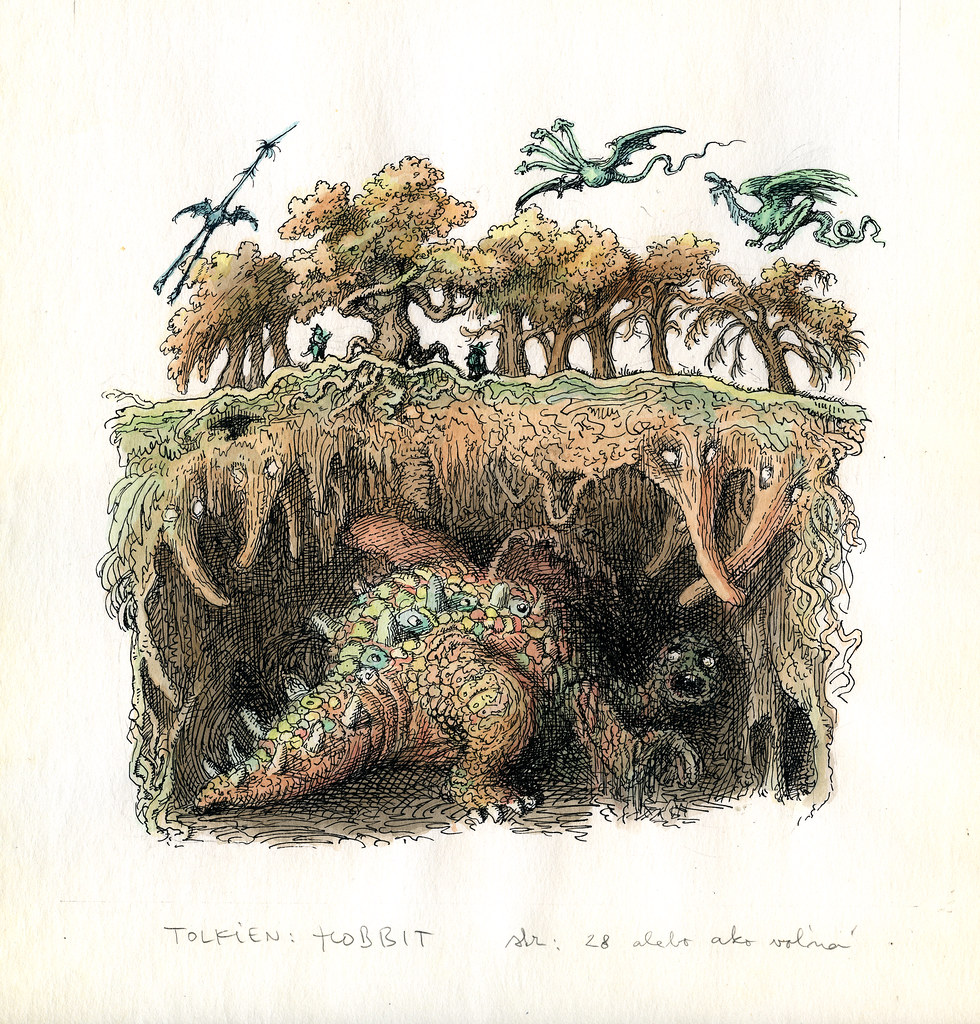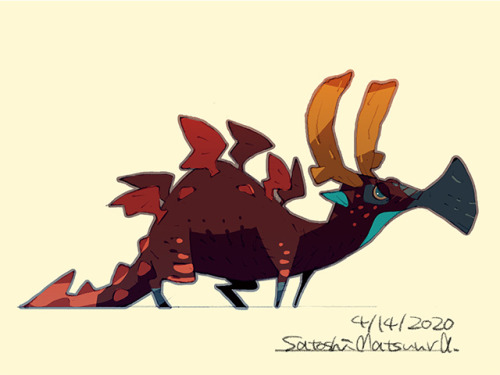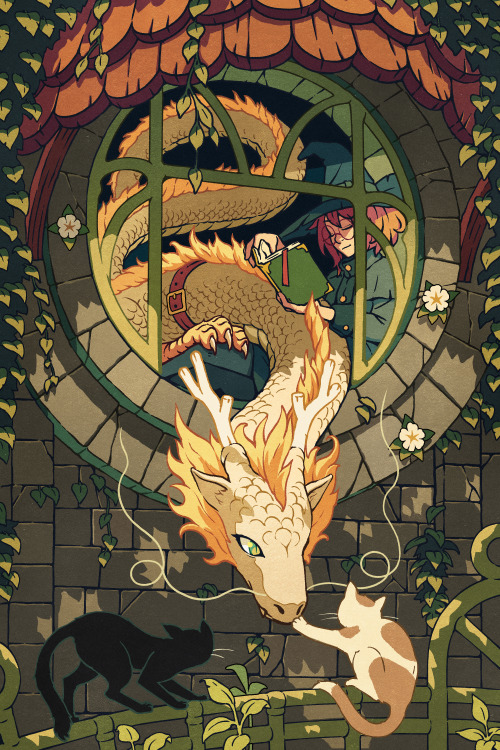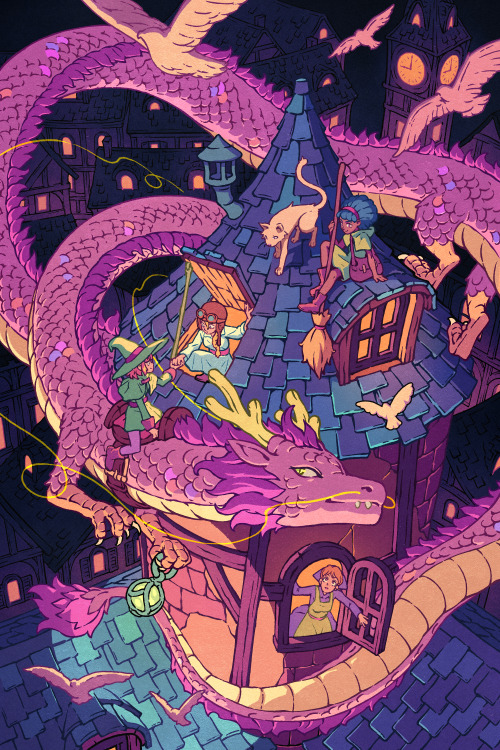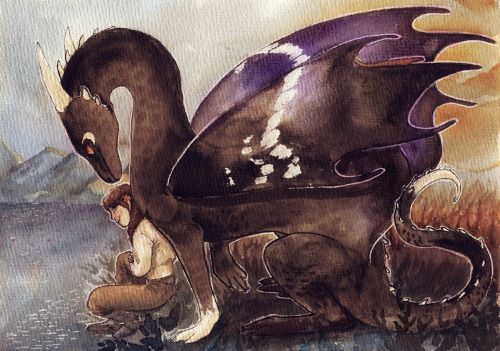MONSTER BRAINS - Stephen Romano Curator in Residence - Ray Robinson - The Third Door.

"..and so pass through the matrix of memory and throughThe archetype that defined the first vision and set our ParametersTo an inner meaning without external references,
THE THIRD.DOOR
Witches?Poor DevilsEach of the paintings has a true circumstance…and the result of my ‘being there’
My general observation of my contribution was, as I wrote at the time‘When reason sleeps in the minds of the wiseWitches burn and demons rise’
THE ART OF RAY ROBINSON: THE THIRD DOORby Charlotte Rodgers, October 6 2016
‘NO ONE CAN MAKE A JAPANESE TEA CEREMONY BOWL..THEY GROW FROM THE HANDS OF THE MASTER AND THE NEEDS OF THE CLAY…THE MASTER ALLOW"
Ray Robinson
History is littered with visionaries who change our perception, Often, in these people’s lifetime their work, their art is only glimpsed out of the corner of an eye and whilst it changes you, the change isn’t necessarily acknowledged at source.
It usually takes another visionary to stop, pause and recognise the impact. Rarely is the originator of the change of awareness still alive at this moment of recognition.
I often wondered what it would be like to communicate with one of these iconoclasts. If I met Austin Osman Spare for instance, would I have the ability to recognise him, to pause, and open myself up to a different way of seeing?
I first encountered Ray Robinson’s work when I was interviewing Gallery Owner and Art Dealer Stephen Romano, and I found it to be some of the most powerful art I’ve come across.
Stephen suggested I contact Ray, and thus started one of the most magical mystery tours of an interview I’ve ever done.
Now I’ve interviewed many artists and spiritual teachers, but this particular conversation fell into neither camp and was in a league apart from both.
A good interviewer adapts themselves to the individual rhythm and dance of those they are conversing with and there can be a huge variation in movement.
In this particular instance I have been challenged, insulted, taken on mystical journeys, had the most incredible dreams, but never, NEVER had a question directly answered.
Truth to tell I loved the process, infuriating as it was at points.
The following relates portions of conversations with a great artist who will change you. Recognise it, allow it, and for gods sakes try and see Ray Robinson’s work in actuality.
Ray, I’m not a formally trained art critic so this discussion won’t be focused on academic interpretation of your work. Hopefully you wont be insulted by any ignorance on my part but instead regard it as way to communicate as freely as you want without having to adhere to any particular approach.I’ve read your ‘Grandmother Chronicles’ which perhaps gives an insight into your structuring of reality and art.Words are often so limited but this is an astounding piece of writing.The trauma of leaving your home in WW2 London, going to stay at your grandmother’s and undergoing an initiation of sorts into different perceptions of vision and interpretation is wonderful, as is the way you describe the re-presentation of perceptions of light, time and space.Now it would be easy for me to turn this into a conversation where I grill you about aspects of your work that I’m personally fascinated by, constantly interrupting you with my irritating over enthusiastic asides, but I won’t. I am an untrained artist who has written a few books and my personal creative interests, what I focus on and what I often write about, are spirituality and power that are contained within objects and art. The older I get the more I realise that the line between art and magic is so fine as to be non existent.
So who are you?
Very brave (I am not sure whether Ray is referring to himself or me for approaching him in that statement) Stephen Romano can cover the exterior for the last 40 years. (follow below link) I live in Nova Scotia but am originally from London, England. I am a very trained artist who has also written a few books. I have lived a life with the fact that there is no line at all.Nothing has ever inspired me. Mine has been a search for ‘why’ I do not know. I know that I do not know, but why the great gaps in a humans basic understanding? The senses to not sense but, still, humans survive.Inspiration surely is the source of the creative process and if creativity doesn’t exist, then what is an artist and who and what are you? What are the images you produce? Premeditated? Actual?No not premeditated.No not actual.No not channelledAllowed
Allowed by who or what?By the subject.At the beginning of the ‘Grandmother Chronicles’ you use a quote by Magnus Roundtree ‘how you see the world shows how it behaves, change how you see the world, and the world changes’And that leads into the memory of a child leaving the grey chaos of London to a world ordered by nature and a near crystalline perception that is the antithesis of before, but makes complete sense and is very real and actual.
In a memo to Stephen Romano you said that,’ sculpture as a pure visual art form cannot and does not exist, Form has measurable three dimensions but is not to human vision, three dimensional. Human vision can only see half of any form. A simple glass globe described visually is half convex and half concave! Multiple views of a single object do not give an experience of the whole.’ This is fascinating – and challenging for the artist.
This is developing into a conversation, which at the moment I cannot support. I know Stephen has a good reason for suggesting you talk to me. His project at the moment required that he asked me for some comments on my art…I suggested that this was not really a good idea given his understanding of my basic views. I sent him a quick and short sample of what my replies to his questions might be, in this case my basic view of my sculpture. His reply was to send you to me???
Ray and I worked through this and I began to realise that Ray was a visionary who communicates through his art. Interpretations of his work are incredibly important to him, and are something he wants translated properly and accurately. I also needed to try not to get too absorbed in Ray’s fascinating philosophies, and retain a degree of distance and professionalism. So we continued the dance…‘Humans have two ways to understand reality, each world taken to the logical conclusion of living. First a world of conception and secondly a world seen with perception. However only if you understand these words and without the ‘isms’ of art doctrine you do not need to question me, however even after that there are still much to be learned.’ Ray Robinson
Tell me about the series of paintings Sleep of Reason and Sleep of Reason II
Stephen was mounting many shows on the subjects of witches. To me the basic truth of this was totally unreasonable until I thought of the sleep of reason in the midst of these people and after that, total empathy. As with all art, total empathy between artists, materials and subject.These works are not some airy fairy illustration; they are real. Real in fact, real in space, real in time. All I did was write it all down. All that is except the hanging…I could not write down the smell and the visual truth was more than my brush could summon.
Witches?Poor DevilsEach of the paintings has a true circumstance…and the result of my ‘being there’My general observation of my contribution was, as I wrote at the time‘When reason sleeps in the minds of the wiseWitches burn and demons rise’
 "Vision After The Sermon, The Gift" 2015 Acrylic on Board 24 x 32 inches
"Vision After The Sermon, The Gift" 2015 Acrylic on Board 24 x 32 inches "Samboism Fire in the Shadow of Dolbadarn Castle" 2015 - Acrylic on Board 26 x 32 inches
"Samboism Fire in the Shadow of Dolbadarn Castle" 2015 - Acrylic on Board 26 x 32 inches "Birth of a Witch" 2016 Acrylic on Board 24 x 32 inches
"Birth of a Witch" 2016 Acrylic on Board 24 x 32 inches "Beltane, Now It Begins" 2015 Acrylic on Board 24 x 32 inches
"Beltane, Now It Begins" 2015 Acrylic on Board 24 x 32 inches "Janey Horne 1727" 2015 - Acrylic on Board 26 x 32 inches
"Janey Horne 1727" 2015 - Acrylic on Board 26 x 32 inches "The Day the Witch Lya Burchett was Given Short Shift and Hanged. Her Body Burned in the Grounds of Dolbadarn Castle" 2015 - Acrylic on Board 26 x 32 inches
"The Day the Witch Lya Burchett was Given Short Shift and Hanged. Her Body Burned in the Grounds of Dolbadarn Castle" 2015 - Acrylic on Board 26 x 32 inches "Battleground" 2015 - Acrylic on Board 26 x 32 inches
"Battleground" 2015 - Acrylic on Board 26 x 32 inches "The Scrying Pool" 2016 Acrylic on board 24 wide x 32 inches high
"The Scrying Pool" 2016 Acrylic on board 24 wide x 32 inches high Ray Robinson - "The Sleep of Reason, Witch and her Dog Executed on the Same Day" (Dog was shown Mercy and was Strangled before Burned) 2015
Ray Robinson - "The Sleep of Reason, Witch and her Dog Executed on the Same Day" (Dog was shown Mercy and was Strangled before Burned) 2015Acrylic on Board 24 x 32 inches
As you may have seen from my words I have rendered a much sanitized version of the hanging; they were in fact all hung from a single tree branch, this being parallel to the road. They were swung out into space from a plodding horse and cart. I have tried to give back some dignity…but perhaps it is all the more terrifying for being just a road side event.
True horror. The old, the deformed..tortured and murdered. Your being within this process via the creation of the work must have been akin to bring in Hell…did the painting of the series affect you terribly?
They were not old. No different in any way to their accusers.
Did the work (Sleep of Reason) affect me? If you mean adversely, then no, they ascended the grim subject matter to become as I needed them to
Do you believe in reincarnation? Or fluid time?
No I do not believe in reincarnation. I do not believe in the existence of time.
I have walked a long road, with many road side attractions. There is a dark side but beauty is ever to be sought for
Why did you move your profession from mathematics to art?
One quick answer- probability management.
I worked in Mayfair London on Brooke Street…the head offices of a multi billion dollar corporation, Allied Iron Founders, I was one of two advisers to the board of directors. My predictions were sound and I rose..the usual bonuses’, car, house in the suburbs etc. Then two things coincided to blight my brilliant career. The director who had the most faith in my predictions was killed in a car crash and I was told my eye sight was failing and that if I continued to work as I did (this was the days before computers, just slide rule and paper) I just had a couple of years left of vision.
I resigned.
What to do? My wife suggested the furthest thing imaginable from practical. Why not do what I always dreamed of doing, go to art school!
I did and all else followed, place at Slade and the Rome prize (declined)
Why did you decline the Rome prize?
My new wife was pregnant with the twins.
Did changing your life path to become an artist, make you happy?
At the time, yes and no. After Slade I had the proverbial plum job, teaching at The Bath Academy. It lasted four years, and ended with a trial, as my teaching was considered to be a destructive influence. The college lost said trial and I moved to Canada. It was all rubbish of course. I said then, pretty much what I say now but really it was my insistence of working from the figure, which was being dropped, that was the cause of the conflict. My trial was followed by student riots nationwide, which perhaps proved the argument for the prosecution!
During my trial I had a letter from Queens University in Canada, offering me the job of heading the Department of Sculpture in their New Department of Art Education. After the trial I accepted the offer but has misread the letter and arrived a year too early to take up the position. To fill in the year I was asst. curator of the Gallery in Sania, a year at Queens but did not like Kingston, offered sculpture at H.B.Beale Secondary School and I loved it. Great kids, and what an amazing idea, a High School that offered a major in art!!! It was then that Jake Moore (Canadian Billionaire) offered me patronage. All I needed was a three day a week job, so on to Fanshawe. While at Fanshawe I had the offer to head up the Department of Art at Lambton. After my interview I met Bill Arnold, we talked…here we had all the makings of a Department of Art at Lambton. I said that I would stay for two years; I stayed for eighteen! We turned it into a great art department. Within a couple of years our Arts Fundamentals Students were offered a place in second year University and we attracted students from as far away as China. My teaching methods had been justified.
I retired and Bill took early retirement. The Department closed behind us.
‘..and so pass through the matrix of memory and through
The archetype that defined the first vision and set our
Parameters
To an inner meaning without external references,
THE THIRD.DOOR’
Ray Robinson
A tiny portion of an exchange that hurtled me through time, change, light, reality and the nature of art. At the centre of this is a man who lives in Nova Scotia, ‘a beautiful place’ with, I imagine a clarity of space that works well with Ray Robinson’s vision.
 Ray Robinson "The Beginnings of Religion, Leaping the Betane Fire" 2015 Acrylic on Board 32 x 24 inches
Ray Robinson "The Beginnings of Religion, Leaping the Betane Fire" 2015 Acrylic on Board 32 x 24 inches "Two Witches Burned In Madson Heath, March 22nd" Acrylic on Board 26 x 32 inches
"Two Witches Burned In Madson Heath, March 22nd" Acrylic on Board 26 x 32 inches "Chose - Left or Right" 2015 - Acrylic on Board 26 x 32 inches
"Chose - Left or Right" 2015 - Acrylic on Board 26 x 32 inches "The Beginning of Religion, Ogham Script" 2015 - Acrylic on Board 26 x 32 inches
"The Beginning of Religion, Ogham Script" 2015 - Acrylic on Board 26 x 32 inches "When Witches Burn and Demons Rise" 2015 - Acrylic on Board 26 x 32 inches
"When Witches Burn and Demons Rise" 2015 - Acrylic on Board 26 x 32 inchesI moved closerThe twigs were catchingThe wind across the moorBlowing red into orangeThen the screamThe womanThe windThey screamed higherOn and onI ran..
 "July 1692" 2015 Acrylic on Board 24 x 32 inches
"July 1692" 2015 Acrylic on Board 24 x 32 inchesHanging
We arrived early
The old horse was still going
Forward under the scaffold
I heard her feet scrape as she
Reach the end of the cart
She rung into space to join the
Other four
Women strangling…animal sounds
Bit I remember the smell
Deaths discharge…their skirts,
Their feet, the road
Everywhere

about Stephen Romano




























































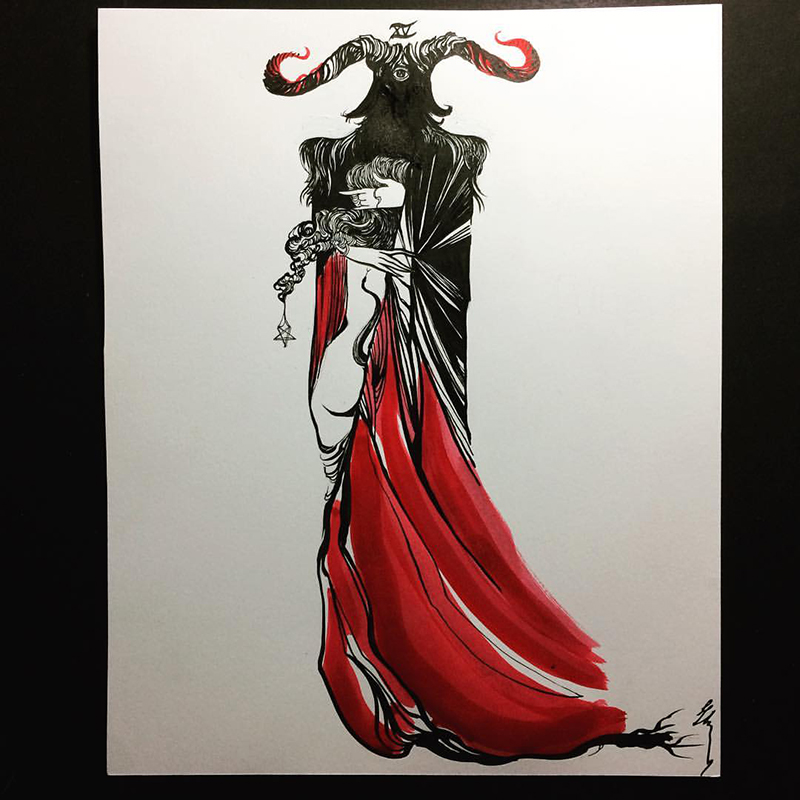





















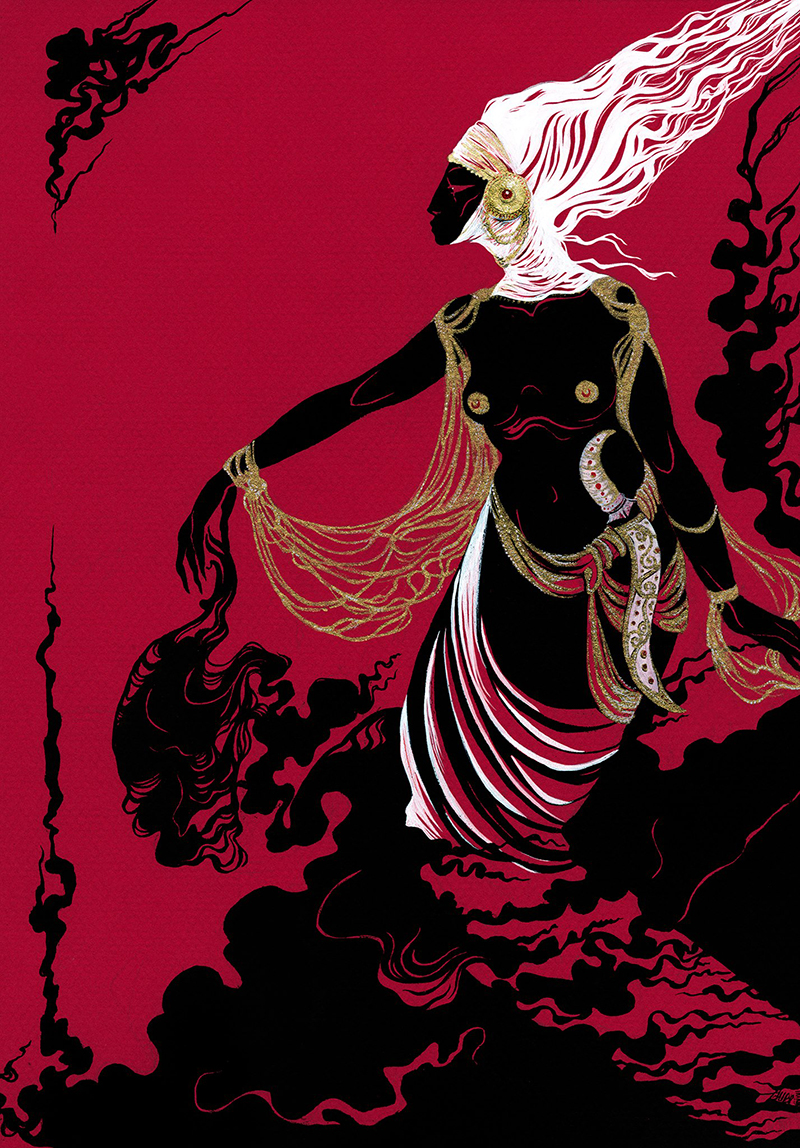



























































































































































































































































































































































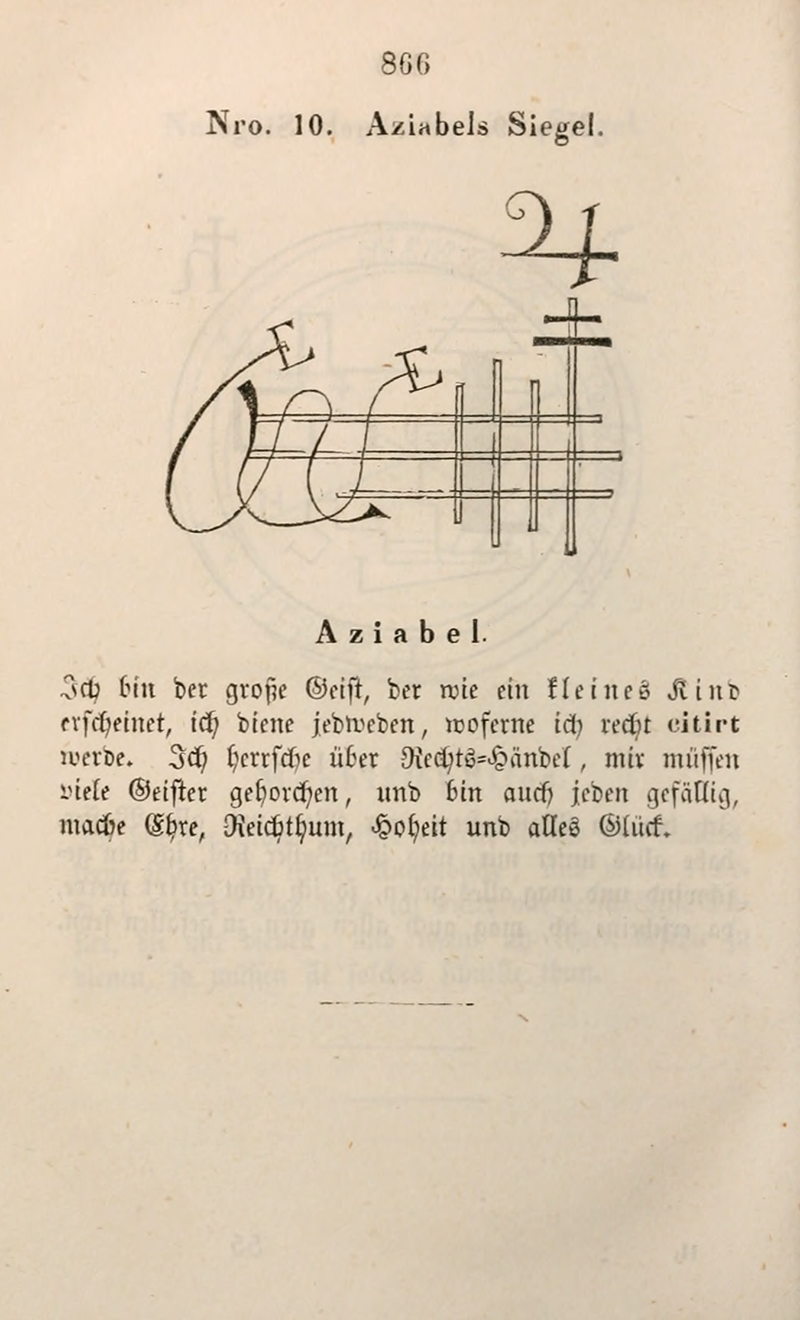


























































































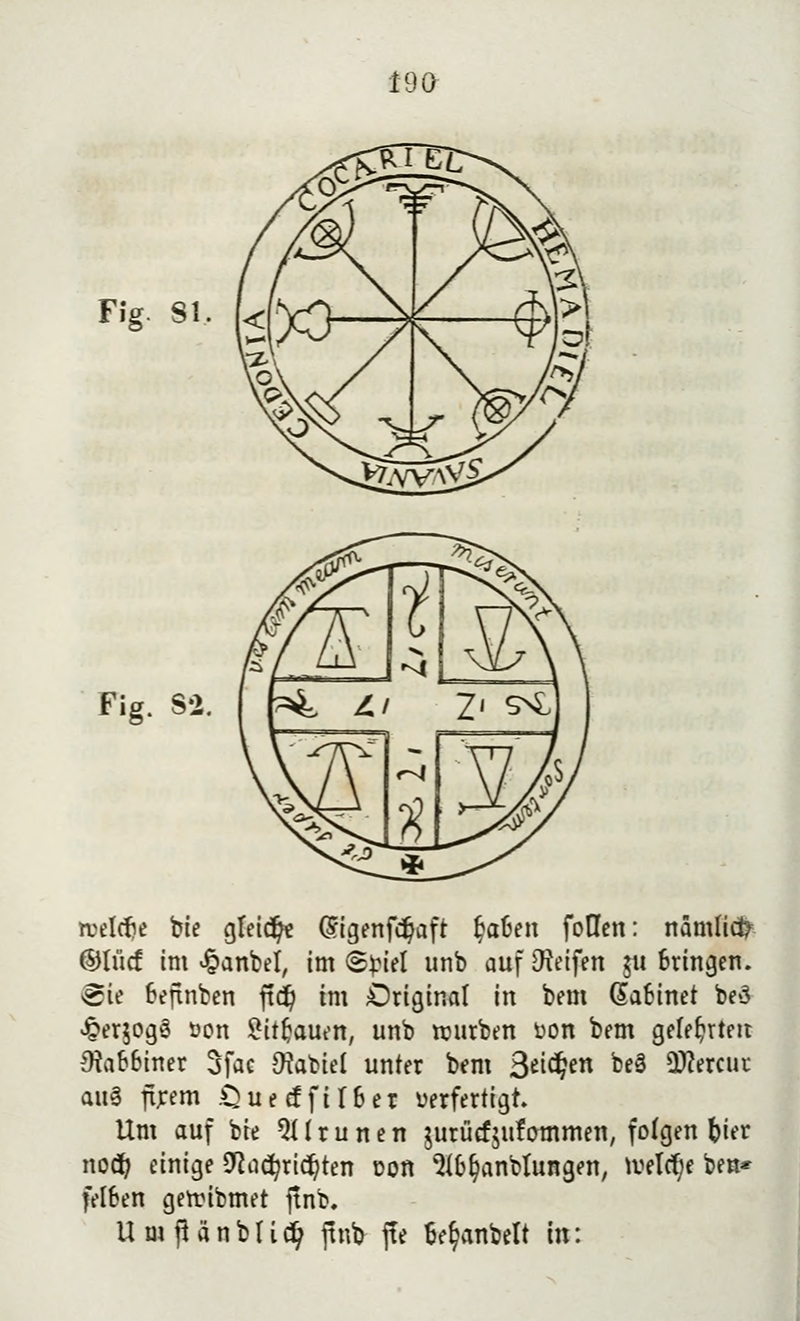






























































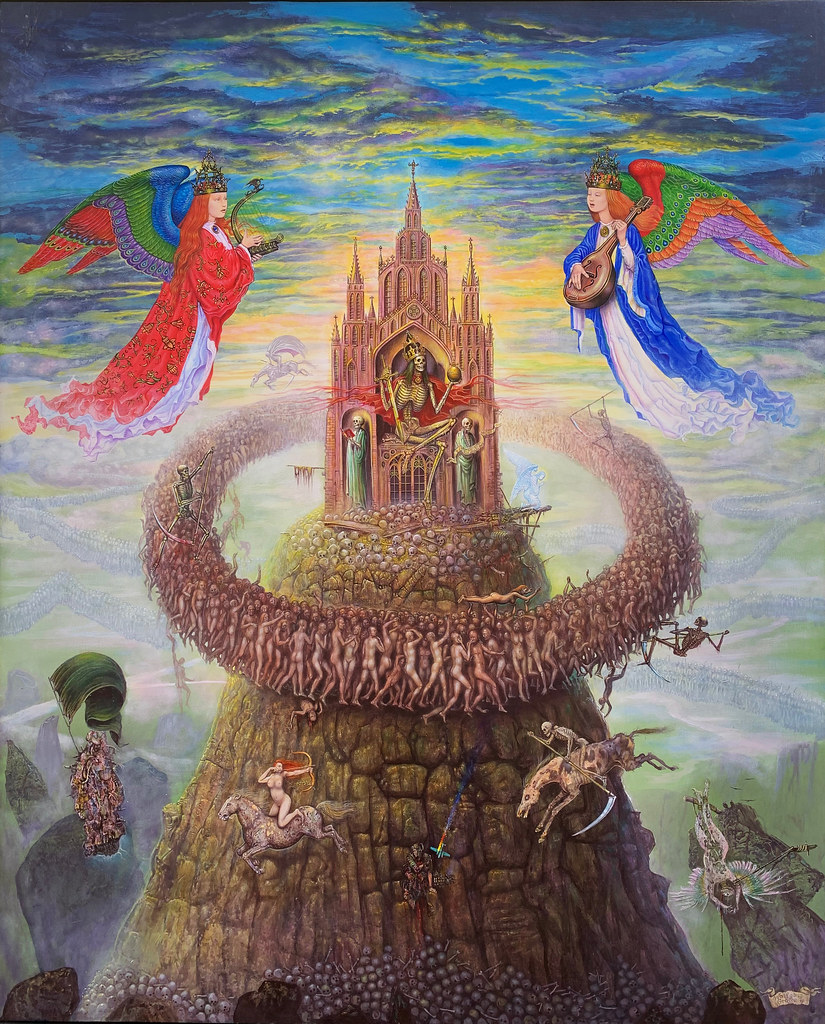




















































































































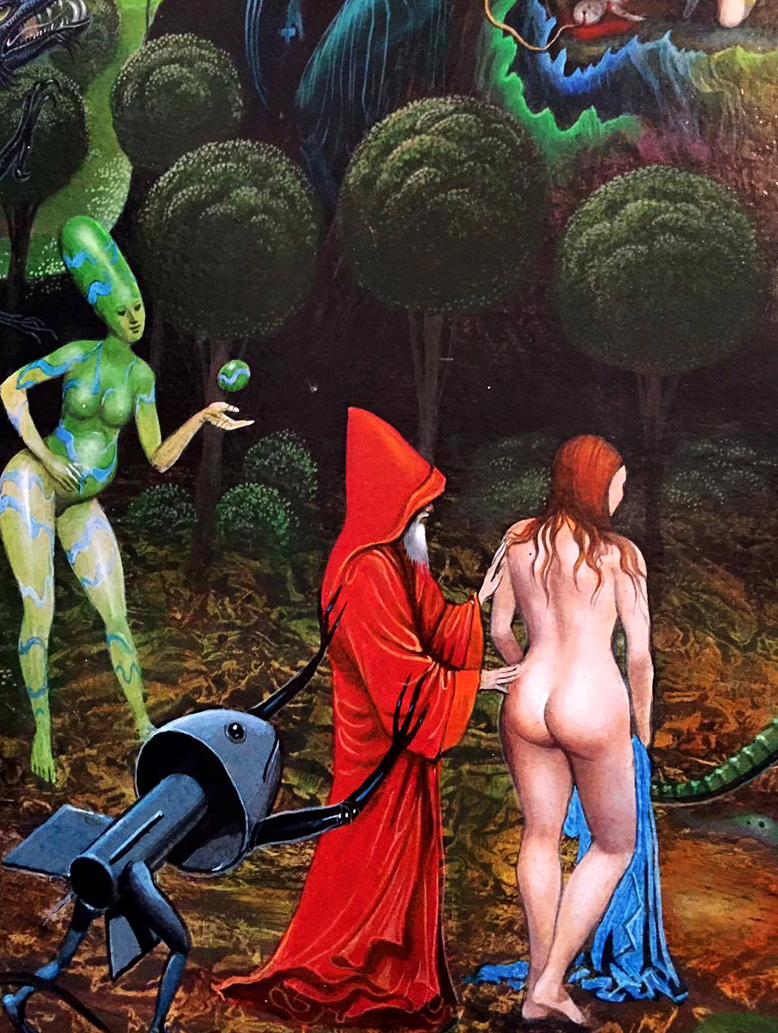













































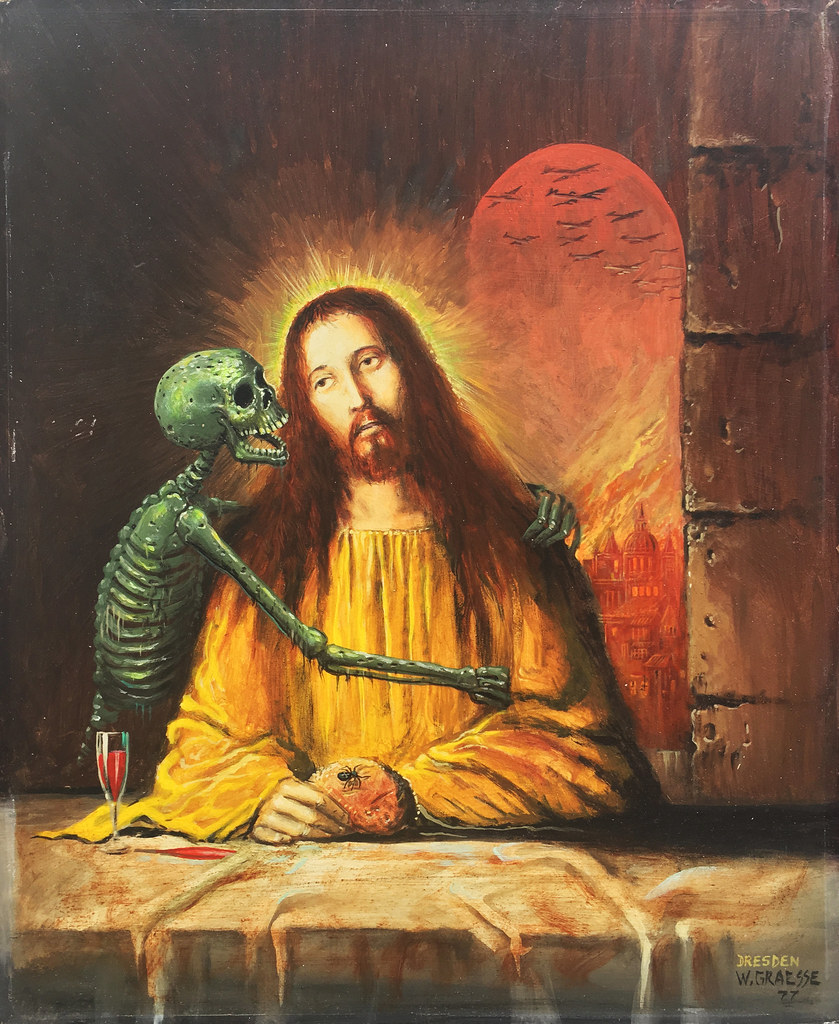










 Hell Attendant II, 2014
Hell Attendant II, 2014































































































































































